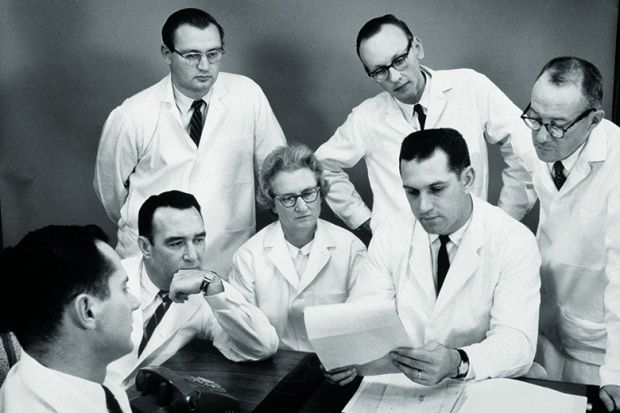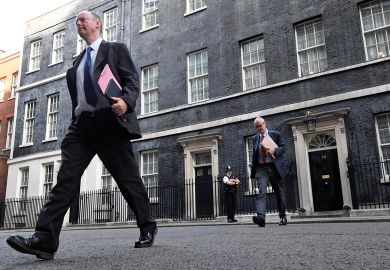Three in four scientists depicted in primary school science textbooks are men, according to a study that hopes to shed further light on female under-representation in science.
Most analysis of why women are outnumbered at senior levels in science focuses on their transition from a PhD to a senior position – often called the “leaky pipeline” because of higher female attrition rates – explained co-author Pedro Russo, an assistant professor of astronomy and society at Leiden University.
But after finding that materials used to teach astronomy to young pupils often featured more male than female scientists, Dr Russo said that his team wanted to look at how teaching materials shaped preconceptions of scientists at a much earlier age.
The study involved looking at more than 300 English-language primary school science resources, ranging from published textbooks to teacher-created tools.
It found no evidence of gender bias in language – using words such as “mankind” rather than “humankind”, for example – explained Dr Russo, but the pictures used showed a clear gender skew.
While the majority of scientists shown were men, about 65 per cent of primary school teachers depicted were women. Overall, slightly more boys were featured than girls, and significantly more men than women, found “Gender stereotypes in science education resources: a visual content analysis”, published in Plos One.
“Clearly that’s going to have an impact on their careers,” Dr Russo argued.
The gender breakdown in the children’s books roughly mirrors reality: about 28 per cent of researchers worldwide are female, according to a report by the United Nations Educational, Scientific and Cultural Organisation last year.
In the UK, just 17 per cent of professors in science, technology, engineering and mathematics (STEM) subjects are female, according to a parliamentary report on the issue released in 2014.
But the causes of this imbalance are contested: a US study of the problem released last year argued that the “winnowing” out of women between PhD and tenure-track level was due to their not applying for jobs, rather than being disproportionately rejected for posts. Women were actually preferred over men in hiring experiments, it found.
Making sure school textbooks have as many female as male scientists was one way to overcome stereotypes that might discourage women from pursuing STEM careers, Dr Russo said. “Role models are important,” he added.
“For publishers and teachers, more awareness is needed,” he said. Publishers that produced textbooks with a preponderance of male scientists could be contacted to make sure that their next edition was changed, he said.
The study mirrors concerns raised by Unesco earlier this year about gender stereotypes in schoolbooks across the world. More than half of primary textbooks in India on mathematics, science, English, Hindi and social studies depicted only men (6 per cent contained only women).
Meanwhile, in Chinese social studies texts, “all scientists and soldiers were depicted as male while all teachers and three-quarters of service personnel were female”, it warned.
Register to continue
Why register?
- Registration is free and only takes a moment
- Once registered, you can read 3 articles a month
- Sign up for our newsletter
Subscribe
Or subscribe for unlimited access to:
- Unlimited access to news, views, insights & reviews
- Digital editions
- Digital access to THE’s university and college rankings analysis
Already registered or a current subscriber? Login








